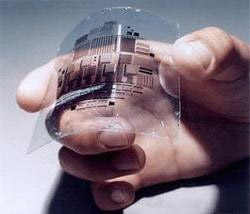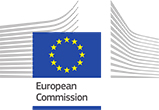Last update: 15/01/2018
OCTA
MAIN IDEA OF THE OCTA PROJECT
Our OCTA project will form a new EU-Japan-Taiwan-Brazil network of leading groups and will train a new generation of materials scientists for the development and application of Charge Transfer based materials who can apply their expertise directly in future applications.
The overall aim of the project is to create a new international EU-World Network concentrated on organic charge transfer processes and applications. To fulfill this scientific purpose we will form the network from partners which are excellent by themselves in their area of expertise. The network is composed of the Silesian University of Technology (SUT, Poland), University of Durham (UDUR, UK), University of Glasgow (UoG, UK), University of Dusseldorf (UOD, Germany), Universidade Federal de Santa Catarina (UFSC, Brazil), National Taiwan University (NTU, Taiwan) and Osaka University (OU, Japan). To achieve this aim, the four year project will be built upon the existing strong science and innovation base of all partners.
Organic molecules are everywhere, they are integral to life, from every living species to new technologies like organic electronics. Organic molecules can be made with infinite variety but what happens when they are excited by light is more important. Molecular shape and molecular interactions are important in their application but what happens to them once excited is more critical and defines the function of that molecular within a more complex system. One of the very interesting phenomena in organic molecules is electron transfer (ET) to form stable Charge Transfer excited states (CT). We may observe CT state everywhere, from living tissue to an organic solar cell or organic light emitting diode. It is believed that birds use CT states to navigate. It is, therefore, crucial to understand the ET process and the CT state. CT states, bound electron and hole pairs, separated in space on different parts of a molecules or different molecules play an ever increasing role in organic optoelectronic devices be they OPV or OLED or in bioimaging.









